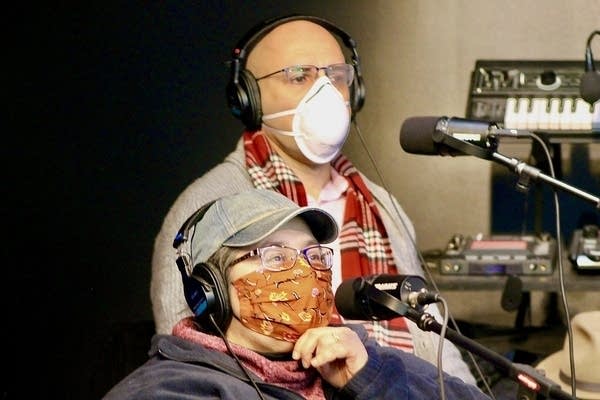New theater production doesn't shy away from taking on serious issues
Teatro del Pueblo's 'Coco's Barrio' addresses immigration and children caged by ICE

Abel and Cathy Piniero rehearse for an upcoming episode of Coco's Barrio. The husband and wife are actors/musicians in Coco's Barrio.
Courtesy of Siri Berry
Go Deeper.
Create an account or log in to save stories.
Like this?
Thanks for liking this story! We have added it to a list of your favorite stories.


